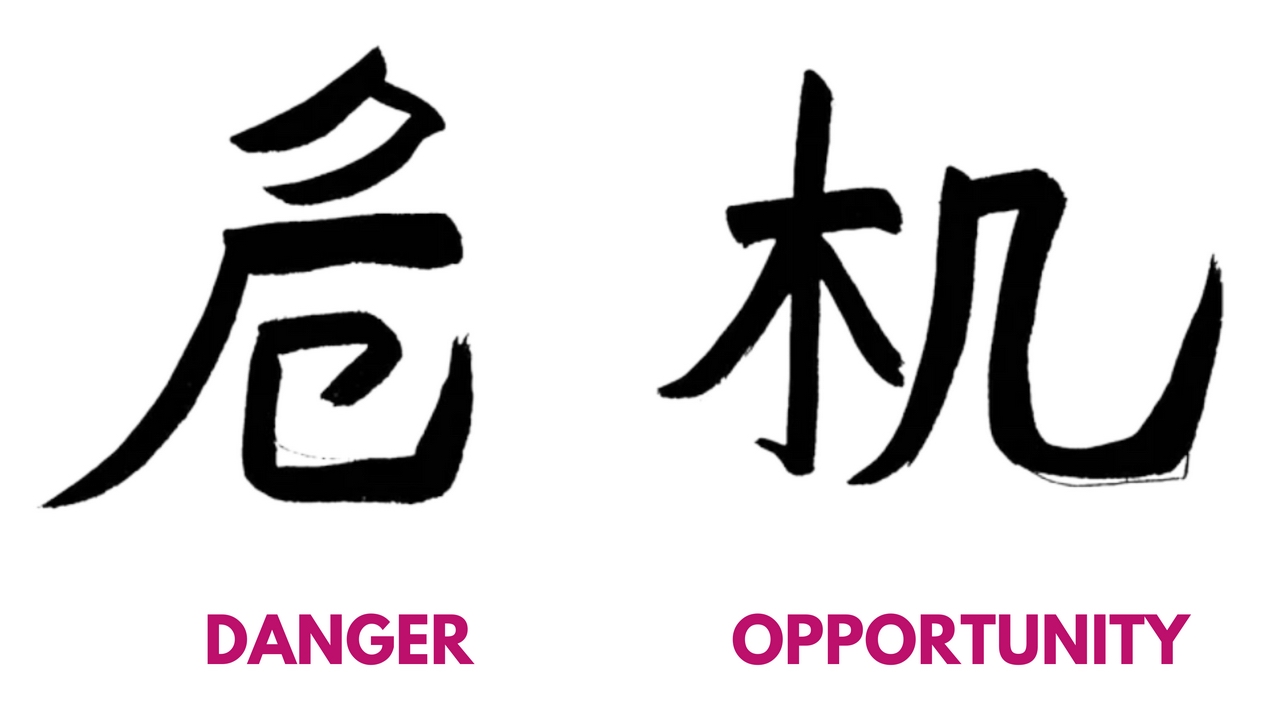June 20, 2022
Share deals and asset deals In a typical M&A operation, shares or assets of the target company may be assigned from the seller to the buyer. In a share deal, the buyer’s aim is to become one of the owners or the new owner of the target company by acquiring part or the whole of its equity capital. In an asset deal, the buyer acquires assets of the target company and is not, in principle, to have any stakes in its ownership. Both share deals and asset deals are legally recognised by the Law on Investment, Law on Enterprises and relevant regulations in Vietnam. Quite often in practice, however, share deals and asset deals are interchangeable: the parties would go for a share deal if they discovered an asset deal to be complicated or time-consuming. From the view of the buyers and sellers, share and asset deals are equally valid and lawful options for them to structure their deals, depending on which one will provide them with the largest benefits. Such practice may be observed in Vietnam, although, statistically, share deals outnumber asset deals. By contrast, it appears that the relevant State authorities, especially the courts, are somehow very reluctant to accept such business practice. Risks in M&A deals arise therefrom. A conservative judicial precedent In August 2020, in a case adjudicated on appeal by the High Court in Ho Chi Minh City, the target company was a one-member limited liability company wholly owned by the plaintiff (the Company). On 10 June 2014, the plaintiff and the respondent signed a capital contribution agreement (the CCA) whereby they agreed to... June 20, 2022
Social media platforms, such as Facebook, Twitter, YouTube, and TikTok, play a vital role in the dissemination of information, as well as in the discourse of opinions among Filipinos. According to We are Social’s 2021 Digital Report, the Philippines, known as the “social media capital of the world”, ranked as the country with the highest social media daily usage, with an average of 4 hours and 15 minutes a day. In the same report, data revealed that about 80.7% of the Philippine population, or around 89 million out of 110.3 million Filipinos, are active social media users. The prevalence of social media as a means of communication and channel of information brought with it the Filipinos’ reliance on these platforms for sources of daily news. Around 72% of Filipinos get news from social media sites, with Facebook as the number one news source (see We are Social’s Digital Report 2021). A problem, however, arises when news pieces obtained from these platforms are unverified, false, or misleading. Over the years, social media developers have received multiple criticisms on the circulation of fake news on their platforms. Based on the Community Standards or Guidelines of social media developers, the most that these platforms can do to combat fake news is to substantially limit the reach of the post, temporarily or permanently suspend the account, or take down the post, if necessary. Beyond these platforms, however, there is a lack of accountability on the part of the user who posted the false information online. Consequently, peddlers of fake news are not afraid to create fake accounts and post false or misleading information... June 17, 2022
1. What is a special purpose acquisition company (“SPAC”), and how does it operate? Matt Roberts: A SPAC is a company that raises capital through an IPO with the intention of identifying and acquiring a target company, usually in a pre-determined sector, typically within 18 to 24 months. The management team will have specific expertise and track record in the relevant sector, and will take on responsibility for identifying the target companies for acquisition. It follows that the SPAC’s investors are effectively placing their trust in the qualities of the management team rather than a traditional IPO, where incoming investors would need to engage in detailed due diligence in the target issuer. This has resulted in SPACs being called ‘blank cheque’ vehicles. SPAC investors will typically acquire a combination of shares and warrants (representing the right to acquire additional shares) in the SPAC. The management team or sponsor will hold a minority shareholder interest in the SPAC, typically around 20% of the equity, allowing them rights around board membership during the pre-acquisition period. The securities of SPACs have been listed on NYSE, NASDAQ, Euronext Amsterdam, the LSE’s Main Market, AIM, Singapore and now in Hong Kong. 2. In what ways does a SPAC public offering differ from a conventional IPO process and in which instances might it be preferable? Matt: SPACs led by an experienced management team are backed by a sponsor and raise cash to acquire or merge with a target company in a specific sector or industry. Traditional IPOs involve the offering of securities by an issuer that is already operating a business with a track record... April 21, 2022
While most people might think of funny, pricey pieces of digital art when they hear the term ‘NFT’ (non fungible token), NFTs are being employed in an increasing number of applications, including games, music and even automobiles – Alfa Romeo announced its subcompact Tonale SUV will include an NFT that will record vehicle data, generating a certificate that can be used to assure the car has been properly maintained. In addition, NFT arts are used as collateral for financing where lenders could foreclose and own the NFT of a defaulted loan “at a darn good price”. New beneficial applications of NFTs are emerging. For instance, NFTs linked to physical art made by traditional indigenous artists can be listed on online marketplaces, offering these artists a global audience that would otherwise be inaccessible to them. The Need For NFT Risk Assessment But, as the transaction value and usage of NFTs increase, so too do the needs for the owner to fulfil obligations in, inter alia, the reporting for auditing, tax and regulatory compliance purposes, due diligence (e.g. where NFT assets are part of acquisition or merger negotiations), the avoidance of fraud, and ensuring transactional confidence. These risks became all the more tangible when the UK’s tax department, Her Majesty’s Revenue and Customs (HMRC), seized NFTs as part of a £1.4 million fraud case. Identifying these risks is obviously beneficial – the riskiness of an asset affects its validity which, in turn, impacts its value. Yet, it is far more challenging to map such risks than it would appear upon first glance. Complexities Of NFT Risk Assessment To start, a proper... April 21, 2022
No one ever wants a crisis to happen. As a Legal or Compliance Officer, it is important to be ready and to prepare before it does. As John F. Kennedy said, “When written in Chinese, the word “crisis” is composed of two characters. One represents danger and the other represents opportunity.” Depending on the crisis, there are dangers or certain high-risk situations that you and the company must overcome or resolve. You can never be fully prepared for a crisis, but you can form an effective strategy to weather the storm. You have an opportunity to show your agile leadership and plan ahead before a certain crisis happens. Here are some useful tips to create a plan or strategy for a crisis that may arise in the future: 1. Ensure that you have a harmonized approach to Legal and Compliance risk and opportunity assessment and management in your company. A well-designed compliance program is based on the understanding and management of the company’s risks and opportunities. E.g. in Asia Pacific, one of the high-risk areas is a company’s interactions with external third parties. Implement a third party risk management approach to mitigate the risks and prepare for possible scenarios where a potential crisis may arise when interacting with an external third party. 2. Create a crisis management task force. Form the team depending on the crisis at hand. Your General Managers (GMs) and/or leadership teams in your company can have relevant training to know the process/procedure of what to do if a crisis occurs. E.g. develop a contingency & response plan; provide media training for certain key employees to... February 24, 2022
The recent decision in FS Cairo (Nile Plaza) LLC v Lady Brownlie (as Dependant and Executrix of Professor Sir Ian Brownlie CBE QC) [1] has provided instructive guidance on the breadth of the jurisdictional gateway for tort claims and brought further clarity regarding the conceptual differences between the ‘default rule’ and the ‘presumption of similarity’ that are often relied upon in the application and pleading of foreign law. This decision is of widespread relevance given the frequency with which these issues arise in cross-border claims. The case concerned an application to serve claims in tort and contract on an Egyptian company out of the English jurisdiction. Before permission may be given for service of a claim form outside the jurisdiction, the relevant domestic rules require that the claimant must establish that: (1) the claim falls within one of the gateways set out in paragraph 3.1 of Practice Direction (“PD”) 6B to the CPR; (2) the claim has a reasonable prospect of success; and (3) England and Wales is the appropriate forum in which to bring the claim. [2] The defendant raised two issues before the Supreme Court. The first (the “tort gateway issue“) was whether Lady Brownlie’s (the claimant’s) claims in tort satisfied the requirements of the relevant jurisdictional ‘gateway’ in the CPR. The second (the “foreign law issue“) was whether, in order to show that her claims in both contract and tort had a reasonable prospect of success, Lady Brownlie would have to provide evidence of Egyptian law. The Tort Gateway Issue Paragraph 3.1(9)(a) of PD 6B to the CPR provides that domestic jurisdiction can be assumed in... Upcoming Events
Recent Past Events
















